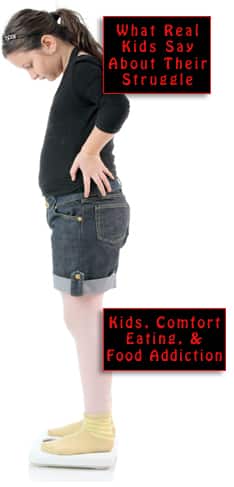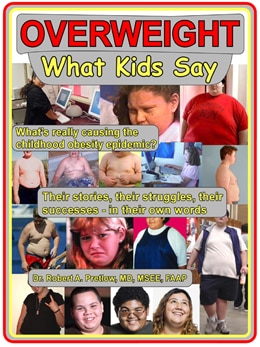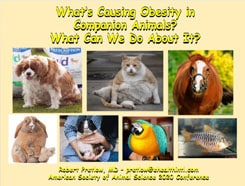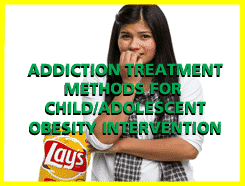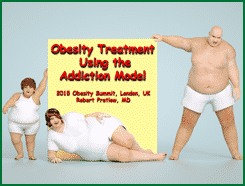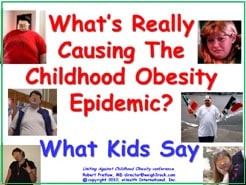
We discussed the NOVA classification system, where the designated fourth group, ultra-processed food, is the villain of the day. A lot of humans feel very strongly that meat-eating is not only okay, but beneficial to the system. And yet, even if meat is available and philosophically acceptable, it might still be problematic.
A slab of beefsteak is one thing, but a tampered-with burger is something else. Sausage, hot dogs, bacon, and deli meats are under suspicion, because they are likely to be spiffed up with nitrates or miscellaneous preservatives. Meat that has been salted, cured, smoked, and otherwise processed is a whole different animal. (Incidentally, for protein, experts recommend such alternatives as tuna, grilled chicken, and boiled eggs.)
Likewise, frozen meals that only need to be heated up in a microwave or standard oven are likely to have been ultra-processed, and replete with plenty of sodium and an inordinate amount of fat, and garnished with flavor enhancers, emulsifiers, and preservatives.
What’s inside those crunchy, irresistible chips and crackers? Emulsifiers, saturated fat, preservatives, artificial flavors, and lots and lots of sodium. Salty chips go great with chilled, intensely sweetened beverages, whose coldness and fizziness block the mouth’s ability to perceive the overdose of sugar they deliver. Speaking of which… how about those cookies and cakes? You got your heaping helping of sugar, your refined flour, your preservatives, your fake colors and flavorings — what more could a person ask?
Morgan Pearson, M.S., R.D., goes on to say that aside from those major players, it is also a good idea to check the credentials of some more innocent-looking items. Supermarket bread, instant soups and noodles, fruit yogurts and drinks, and even baby formula can all conceal unwelcome surprises.
“But the customers like it,” and other weak excuses
The sad fact is, plenty of players (mainly the manufacturers and purveyors, including advertisers, of NOVA Group 4 products) will defend the stuff with their last breath. We will not hazard a guess about the exact percentage of miscreants in the field. But for most of them, it’s all about profit, and more specifically, about how much of the profit finds its way into their own personal pockets.
Then there are folks who work for the food industry and in related fields, who are not necessarily people with bad intent. It’s just that, for them, the evidence does not add up in the same way it does for more cautious medical specialists.
Prof. Kevin McConway, emeritus professor of applied statistics, The Open University (a distance-learning university based in U.K.), said of a particular study that it “makes lots of mathematical assumptions which make him cautious about what the findings mean,” and he is not the only one with reservations. Is all ultra-processed food unequivocally bad for all people? Would it be possible to pinpoint certain recipes that could be improved, and still produce the same results of customer satisfaction and loyalty?
Many executives and other defenders point out that it is “impossible for any one study to be sure whether differences in mortality between people who consume different UPF amounts are actually caused by differences in their UPF consumption.” University of Oxford diet and obesity expert Dr. Nerys Astbury agrees that the research so far has its limitations.
It is no secret that diets high in fat and sugar can increase disease risk, and ultra-processing does tend to hang out with bad company like sugar and fat. Of course the industry calls that sort of food “energy dense,” a description which has a more respectable ring to it.
Your responses and feedback are welcome!
Source: “Ultra-Processed Foods to Avoid If You Want to Lose Weight,” VeryWellHealth.com, 04/09/25
Image by Create4fun/Pixabay

 FAQs and Media Requests:
FAQs and Media Requests: 